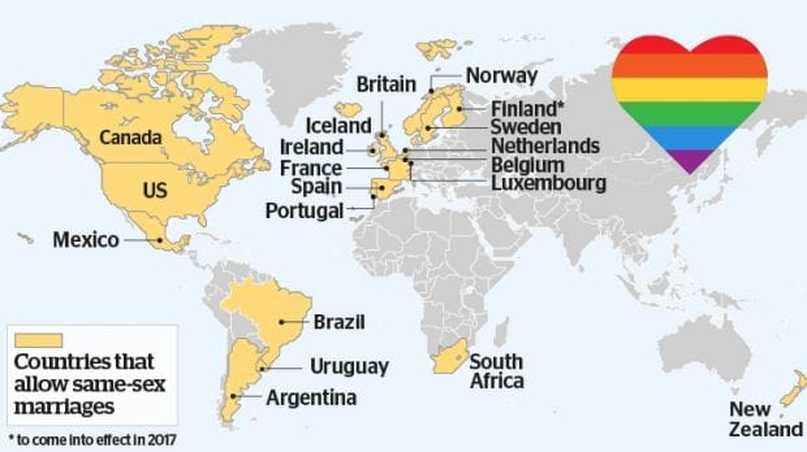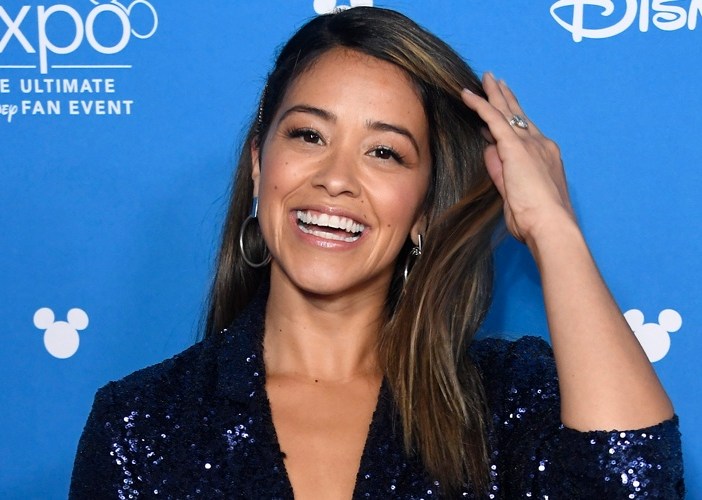Gay Sex Asian

The representation and portrayal of gay sex in Asian cinema and media have undergone a significant evolution, reflecting societal changes and the increasing visibility of the LGBTQ+ community. This article delves into the diverse depictions of gay sexuality in Asian films, exploring how they challenge traditional norms, push boundaries, and contribute to a more inclusive and nuanced understanding of queer identities and experiences.
Breaking Stereotypes and Embracing Diversity

Asian cinema has played a pivotal role in challenging the stereotypes often associated with gay sexuality. Early representations often depicted gay characters as caricatures, perpetuating negative stereotypes. However, a new wave of filmmakers has emerged, committed to portraying gay sex and relationships with authenticity and complexity.
One notable example is the critically acclaimed film Call Me by Your Name, directed by the Italian-born Iranian filmmaker, Luca Guadagnino. While not strictly an Asian production, the film's exploration of a summer romance between a young man and an older scholar has resonated deeply with audiences across Asia. It challenges traditional notions of masculinity and heteronormativity, offering a nuanced portrayal of gay desire and intimacy.
In recent years, Asian filmmakers have increasingly focused on telling stories that reflect the diversity of gay experiences. Films like Love, Simon, directed by Greg Berlanti, and Boy Erased, directed by Joel Edgerton, explore the coming-of-age journeys of gay individuals, navigating their identities in conservative environments. These films not only showcase the universal themes of self-acceptance and love but also highlight the unique cultural and societal challenges faced by gay individuals in different parts of the world.
The Art of Subtle Suggestion

While explicit depictions of gay sex have their place in cinema, many Asian films opt for a more subtle approach, utilizing suggestive imagery and symbolism to convey the intimacy and passion of gay relationships.
For instance, the Japanese film Hana and Alice, directed by Shunji Iwai, tells the story of two young women's coming-of-age journey. While the film does not explicitly depict gay sex, it explores the complexities of female desire and intimacy through subtle gestures, glances, and shared moments. This approach allows the audience to fill in the gaps, creating a more personal and intimate viewing experience.
Similarly, the South Korean film The Handmaiden, directed by Park Chan-wook, tells a story of love, deception, and desire between a Japanese heiress and her handmaiden. The film's use of symbolism and subtle sexual innuendo creates a rich and complex portrayal of gay sexuality, leaving a lasting impression on viewers.
Queer Cinema and the Asian Diaspora
The Asian diaspora has also contributed significantly to the representation of gay sex in cinema. Films by Asian American and Asian Canadian filmmakers, in particular, have played a crucial role in challenging stereotypes and promoting LGBTQ+ visibility.
One notable example is the film The Bubble, directed by Israeli-American filmmaker Jude Dry. The film follows a group of gay men living in Tel Aviv, exploring their relationships, identities, and the challenges they face in a society that is both progressive and conservative. The Bubble offers a nuanced portrayal of gay life, highlighting the intersection of sexuality, culture, and identity.
Additionally, the work of Asian American filmmaker Ang Lee has been instrumental in bringing gay stories to the mainstream. His films, such as Brokeback Mountain and The Wedding Banquet, explore the complexities of gay relationships within the context of traditional Asian families. These films not only challenge societal norms but also highlight the universal themes of love, family, and acceptance.
The Impact of LGBTQ+ Film Festivals
The rise of LGBTQ+ film festivals across Asia has played a significant role in promoting and celebrating the diversity of gay sexuality in cinema. These festivals provide a platform for filmmakers to showcase their work, fostering a sense of community and providing a space for open dialogue and discussion.
One of the most prominent LGBTQ+ film festivals in Asia is the Hong Kong Lesbian & Gay Film Festival, which has been running since 1989. The festival showcases a diverse range of films, including those that explore gay sex and relationships. It has become a vital space for LGBTQ+ individuals to see their stories and experiences reflected on the big screen, fostering a sense of pride and community.
Similarly, the Tokyo International Lesbian & Gay Film Festival, established in 1992, has played a crucial role in promoting LGBTQ+ films and filmmakers in Japan. The festival not only showcases films from around the world but also provides a platform for Japanese filmmakers to share their stories, contributing to a more inclusive and diverse film industry.
The Future of Gay Sex in Asian Cinema

As society continues to evolve and become more accepting of LGBTQ+ individuals, the representation of gay sex in Asian cinema is likely to become even more diverse and nuanced. Filmmakers will continue to push boundaries, exploring new themes and narratives that reflect the complexities of gay life.
One area that holds promise is the exploration of gay sex and relationships within the context of different cultural and religious traditions. Films that delve into the intersection of sexuality and spirituality, such as the Indian film Aligarh, directed by Hansal Mehta, offer a unique perspective on gay experiences and challenges. By showcasing the diversity of gay life across different cultures, filmmakers can contribute to a more global and inclusive understanding of LGBTQ+ identities.
Additionally, the increasing visibility of transgender and non-binary individuals in cinema offers an opportunity to explore the complexities of gender and sexuality in even greater depth. Films like Tangerine, directed by Sean Baker, and Boy Meets Girl, directed by Eric Schaeffer, have already made significant strides in this area, challenging traditional gender norms and expanding the representation of queer identities on screen.
In conclusion, the representation of gay sex in Asian cinema has come a long way, evolving from stereotypical caricatures to nuanced and authentic portrayals. Filmmakers continue to push boundaries, challenging societal norms and promoting a more inclusive and diverse understanding of queer identities and experiences. As LGBTQ+ film festivals continue to thrive and more filmmakers embrace the complexities of gay life, the future of gay sex in Asian cinema looks bright and full of potential.
How has the representation of gay sex in Asian cinema evolved over time?
+The representation of gay sex in Asian cinema has evolved from stereotypical caricatures to nuanced and authentic portrayals. Early depictions often perpetuated negative stereotypes, but a new wave of filmmakers has emerged, committed to portraying gay sexuality with complexity and authenticity.
What role do LGBTQ+ film festivals play in promoting the representation of gay sex in Asian cinema?
+LGBTQ+ film festivals provide a platform for filmmakers to showcase their work, fostering a sense of community and open dialogue. They play a crucial role in promoting and celebrating the diversity of gay sexuality in cinema, providing a space for LGBTQ+ individuals to see their stories and experiences reflected on the big screen.
How has the Asian diaspora contributed to the representation of gay sex in cinema?
+The Asian diaspora has played a significant role in challenging stereotypes and promoting LGBTQ+ visibility. Films by Asian American and Asian Canadian filmmakers, in particular, have brought gay stories to the mainstream, exploring the complexities of gay relationships within the context of traditional Asian families and cultures.



